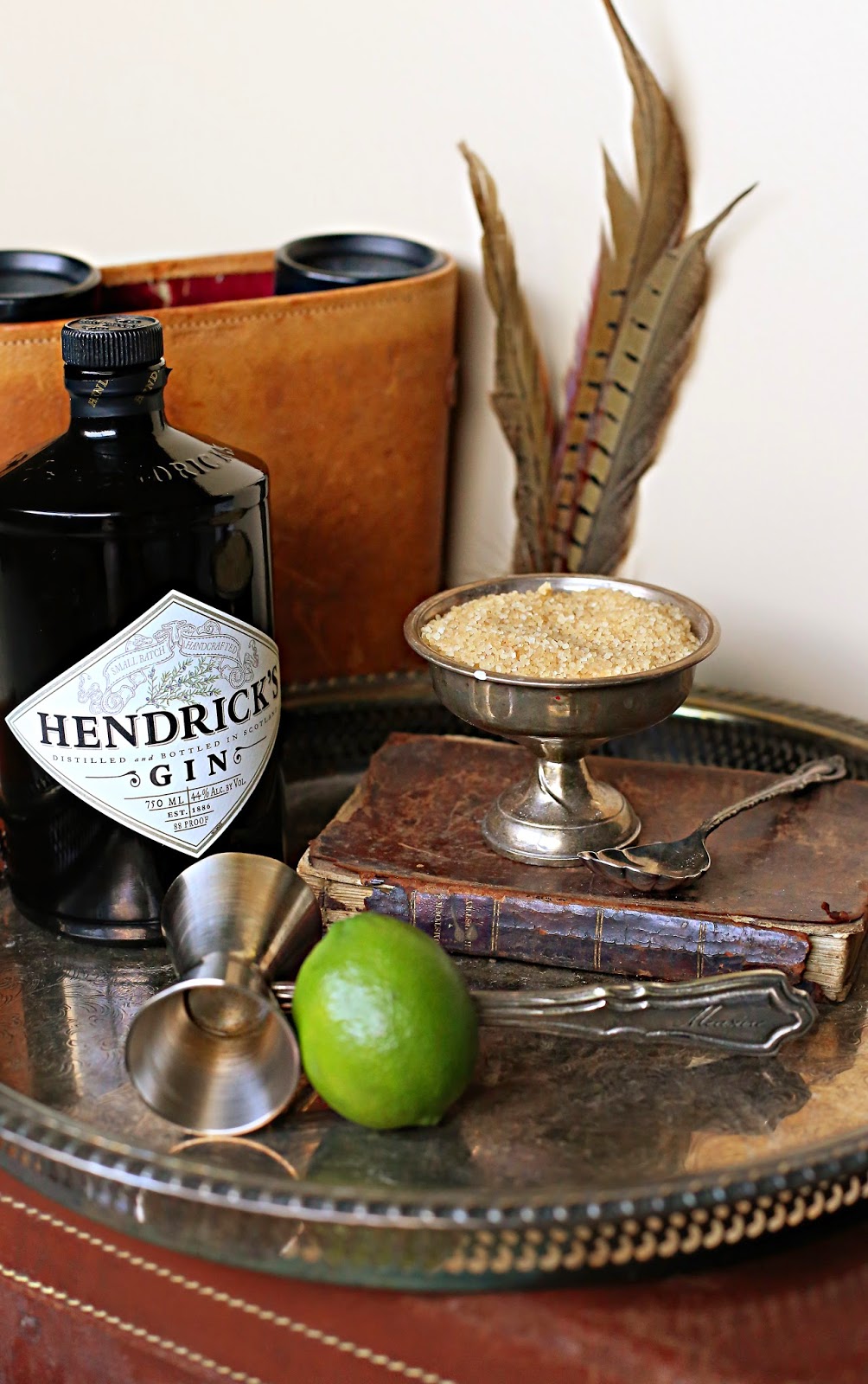A Cup of Flowers
Circa: 2014
I love having fresh flowers in our home, it just adds a
touch of natural beauty and life to the space.
The surprising thing is that I rarely use vases, and actually only have
a handful in the house. Oddly enough, this began at me wedding three
years ago. I knew that I didn’t want
standard vases for my floral arrangement and I tried to find a vintage
alternative. As I was going through my grandmother’s house I noticed that she
had a beautiful flower arrangement in an old champagne bucket! After that I was sold! We began collecting old
silver pieces like mint julep cups (my personal favorite), tea pots, sugar bowls
and more, and I haven’t looked back since! I wanted to pass on my love of vase
alternatives to you today and instead of giving away all of my secrets at once,
I thought that I would share a little at a time. So today I am sharing with you
how to use items from your everyday tea cart.
Whenever
my husband or his family travels to London they always bring me back tea and
biscuits from Harrods! I have a slight tea addiction; Early Grey is my
favorite! The tea canisters are beautiful and I haven’t ever had the heart to
throw them away. While they are
technically not “vintage” they have a lovely classic aesthetic. My only word of
caution is to make sure that they don’t leak. I had a problem with the first
canister I used and, unfortunately, it leaked all over one of my vintage books.
Heartbreak: though it only damaged the cover and the interior pages remained
dry. The purple canister looks so pretty with the beautiful white hydrangea. I
love using hydrangeas because a little goes such a long way!
The next
items that I love to use if I need a small arrangement are vintage tea cups! Not
only can they fit the smallest of flowers from your own backyard, they also
take me back to when things were a little bit simpler. Since I was in middle school I have collected vintage tea cups. I believe it started when I was a very small girl and I would
take my coffee with cream and sugar in my great-grandmother’s tea cups. And yes, I was very lucky to have daily afternoon
coffee or tea in elementary school in a porcelain tea cup. It explains so much.
Tea cups feel so dainty and lady like and they are a beautiful addition to a
table. The tea cup pictured here belonged to my great grandmother. I love the
rose pattern and soft pinks and greens.
Finally, a
tea pot can make a beautiful vase! While I have too many to name, I chose to
highlight one of my more unique pieces, and the purple looked beautiful beside
my canister. I have to give props to my mother who purchased this for me at an
estate sale. The tea pot depicts the Boston Tea Party, which is rather ironic!
While it is one of my favorite pieces, I also adore my silver tea pots as well!
While they are not pictured, one of the other items I frequently turn to are my
sugar bowls from my silver pieces to my beautifully green Depression glass bowl! The possibilities are really endless!
As always,
please be cautious on the pieces that you choose and handle them with care. If
you have a treasured one-of-a-kind teapot from your great-great grandmother
than you may want to opt for a fantastic
estate sale find instead! I hope that this inspires you in the future to put away the
vase and turn to something a little different and vintage! I hope that you have
a lovely weekend!














.png)






































.jpg)